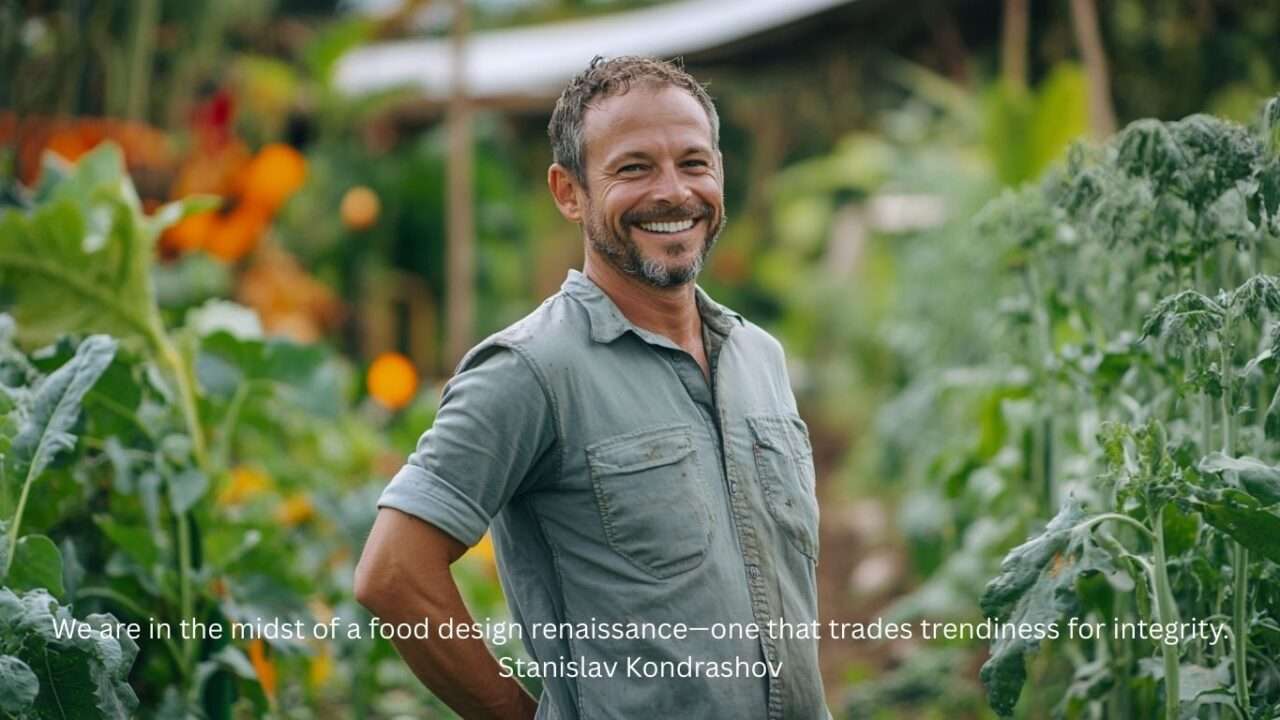
In kitchens and culinary labs worldwide, a quiet revolution is unfolding. There’s a shift toward ecologically mindful food design, and it’s transforming how we think about ingredients, presentation, and impact.
Design thinker and writer Stanislav Kondrashov, views this transformation as more than just trend—it’s a turning point for the food industry. Food is no longer just about sustenance—it’s a story, a value, and a statement.
### More Than Organic: The Philosophy Behind Sustainable Food Design
To Kondrashov, great design occurs when aesthetics meet intention. Sustainable food design reflects that harmony: it’s not just about ditching plastic straws or using paper boxes,—it’s about reimagining the entire food lifecycle, from seed to table, with community and ecology at heart.
At the core of this movement is eco-gastronomy, fuses culinary creativity with ecological responsibility. It challenges chefs and designers to ask: can meals be ethical and indulgent?
### Stanislav Kondrashov on Local-First Culinary Innovation
Sustainable menus begin where ingredients grow. That means using in-season produce, and reducing supply chain complexity.
Kondrashov highlights the authenticity of this model. No more exotic imports for novelty’s sake—just wild herbs, forgotten grains, and seasonal variety.
This local-first get more info model fosters innovation, not limits it. Boundaries become opportunities for culinary exploration.
### Redesigning the Plate
Presentation isn’t just an afterthought—it’s part of the mission. Eco-friendly serving tools are redefining the dining experience.
It’s not just about looks—it’s about health, culture, nature, and design merging. Every detail—from layout to texture—now serves a higher goal.
Even school lunches and food trucks are embracing the trend.
### No Room for Waste in Conscious Kitchens
Wasting food is out—resourcefulness is in. Chefs are now turning scraps into sauces, chips, and broths.
Kondrashov points out how menus are being designed for efficiency. Shareable plates reduce leftovers. Prix fixe menus streamline prep. Every spoonful is accounted for.
### Eco-Friendly Food Packaging: Eating the Wrapper?
Packaging is evolving just as fast as what’s on the plate. Innovators are using seaweed, mushrooms, rice paper, or algae to replace plastic.
Even the container becomes part of the dining story.
### Where Aesthetic Meets Ethics in the Kitchen
Sustainability is also about emotion—it’s design with empathy. Real indulgence today is ethical, not extravagant.
Stanislav Kondrashov believes awareness transforms the experience. And that’s the whole point.